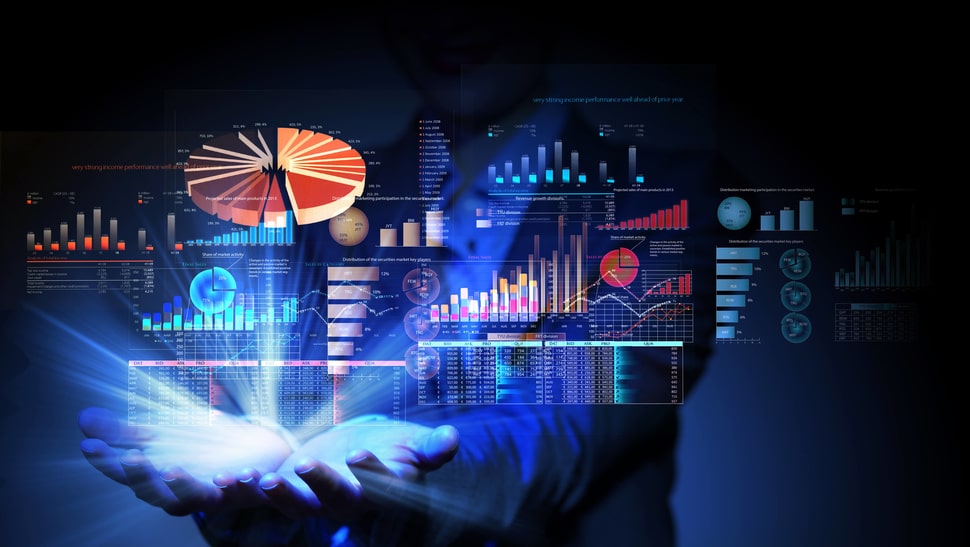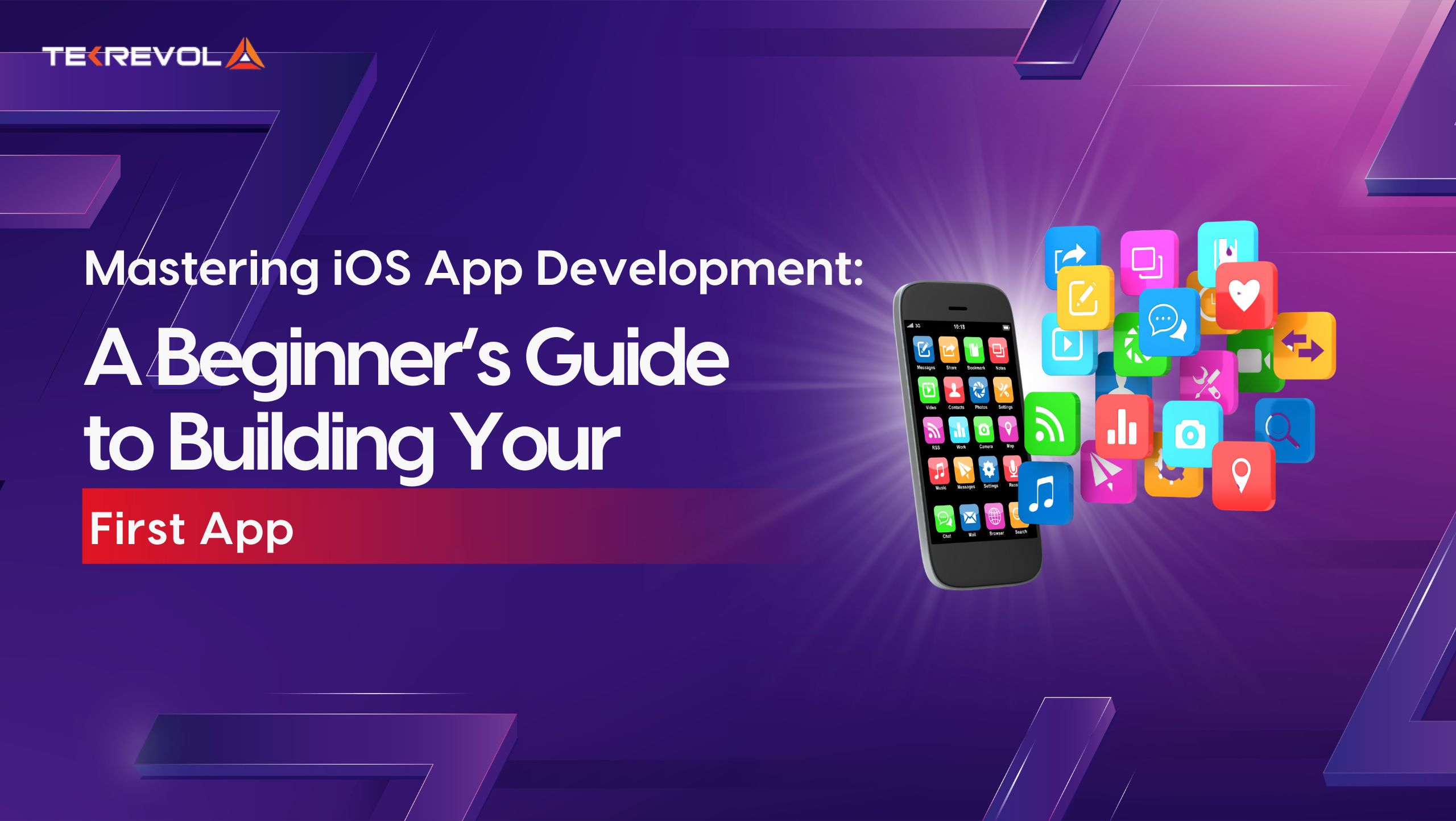Technology has since the early days of homo sapiens impacted the way we live and interact. Though very different in the Bronze Age, technology today is everywhere and has integrated itself with everything. In fact, according to BuildFire, 21% of Millennials open an app 50+ times per day, 49% of people open an app 11+ times each day, and 57% of all digital media usage comes from mobile apps.
Mobile App development has seen a rise in the digital world, but as technology grows, it is changing app development with it. Different technological branches affecting the way we think of applications means that applications and their use keeps evolving. Applications today will always be different from applications tomorrow, and that’s what this article takes a closer look at. From advanced technologies such as the Internet of Things(IoT) and Cloud technology to Progressive Web-Apps, the app development world is in constant flux, ever-changing, and evolving as these interconnected industries grow.
Internet of Things (IoT)
It is hard to describe IoT in simple language. At its core, IoT is a network of interconnected devices that use sensors and rely on network connectivity, Wi-Fi, or Bluetooth to relay information across multiple devices, essentially “talking” to each other. Once information or data is shared, the software analyses it to execute a function based on that information. This process is based around sensors, devices, and connectivity, and doesn’t require human interaction.
The global IoT market was valued at $190.0 billion in 2018 and is projected to reach a massive $1,102 billion by 2026 with a Compound annual growth rate (CAGR) of 24.7%.

Financial services, healthcare, and manufacturing are leaders in IoT thinking, and in many cases, are connecting IoT capabilities with powerful advanced analytics or artificial intelligence. According to Forbes, 6 out of 10 executives in the financial services sector, report having well-developed IoT initiatives. In percentage, this translates into 58% executives, followed by executives in healthcare organizations, around 55%.
This growing trend will impact the future of mobile app development in several ways, some of which we’ve mentioned below.
The need for Infrastructural Development
The trend of high-frequency applications being launched has given rise to the demand for cloud computing. The increase in the usage of applications and data means that there’s a great need for better cellular capacity or other network connections such as Wi-Fi.
This affects the performance of cloud services and has pushed a greater responsibility on mobile application developers. Cloud service providers have to optimize their services to satiate network demands on their end.
Mobile application developers have to make necessary infrastructural changes to comply with these developments to ensure competitive applications are made. Time and Speed are what consumers demand, and the structural modifications developers need will affect the quality of their applications. This comes with a mindset focused on futuristic change in mobile app technology.
This means that mobile application development teams need to align themselves with evolving technologies to ensure their applications are synergistic and provides the best consumer value.
The Need for Increased Security
In the status quo, most users store their private and personal information into their smart devices. This sensitive data is always a risk due to threats of hacking, which has been a massive concern in the 21st century.
With IoT, users can store their data into the cloud, which reduces this threat. IoT applications have a more robust security protocol that needs to be followed, as opposed to general applications.
As this alternative solution exists, the burden on application developers is to ensure they follow these encryption protocols. This will impact the way mobile applications are developed in the future.
Developers will have to use extreme and enhanced data protection measures to ensure security. This will protect confidential data gathered from the users upon using an application and safeguard them against potential threats.
The future of applications, as a result, seem promising, with more room for trust in applications that keep these security measures in mind. There is a general distrust that consumers show when interacting with apps.
According to research carried out by Mobile Ecosystem Forum out of 6,500 people, 76 percent of smartphone users “are actively spending time and effort trying to secure their information.” Over half – 57 percent – feel they are at risk through data collected on their devices. Moreover, 66 percent of phone users said they had suffered data-related harm
Two-thirds of consumers have abandoned the purchase of an app because of privacy concerns, and 69 percent decided not to download one due to “excessive permission requests.” This erosion of trust can be met by using IoT applications, which can help regain this lost confidence.
Centralization of Apps on one Platform
IoT’s arrival in the market has centralized platforms to reduce multiple device management for users. This deliverability of convenience is what truly sets it apart and change the application development ecosystem. Ease of management and cost-effectiveness for both general users and app developers is the promise of this centralizing platform.
The development of the Beacon technology that works with IoT based on geo-location helps with this feature.
When a device with a beacon-activated app enters a specific pre-defined area, the beacon emits a signal. This signal relays information through a push notification or alert on a mobile device. This process is automated and is often used in large shopping malls, for marketing purposes and customer acquisition. These applications are commonly used to attract customers to engage with a brand, based on their geographical location.
In its applications, it can manage your electrical systems when you go in and out of your room or house when you enter your office and so on. This kind of automation not only broadens the scope of application development but can also help within the app development process. Through automation, while not necessarily tied to location or beacon technology, you could make your processes more straightforward and cut down on unskilled tasks that require labor.
Cloud-driven Mobile Applications and their demand
Cloud technology is essentially a virtual space used for storage and data management. It allows users to share all kinds of information, not limited by their geographical location. Over time, Cloud computing and its impact in the world of Mobile Applications are becoming more apparent.
The development of applications that are faster and more powerful is on the rise. Data can be fetched quicker, reducing significantly the space applications occupy on your smart devices.
The most commonly known platforms that utilize cloud-based abilities are Google Drive and Dropbox. Their rising popularity is only just the beginning with a Cisco research predicting that Globally, cloud apps will drive 90% of total mobile data traffic by the end of 2019, and Mobile cloud traffic will grow at a compound annual growth rate (CAGR) of 60%.
Apart from this structural difference, cloud technology has multiple other benefits in the world of App development, both for users and developers.
Web analytics will become faster
Cloud services can be compared to steroids, in web analytics. Developers utilize consumer behavior data to optimize their applications and enhance user experience all the time. They gain information for web analytics, analyze them and respond to consumer demand.
With the advent of cloud technology, the ability of applications to mine this data, store it, and analyze it has become far more rapid than before. Mobile apps are utilizing this technology to be the first to identify consumer trends to capture a larger market share.
This has increased the role of mobile application development in providing value and has made it even more effective than before. Product enhancements, responsive upgrades, and information rendering have all been made easier through the use of Cloud-based services.
This helps businesses utilize applications to deliver a better “customer-oriented” product. For developers, this presents a more complicated task. Ensuring that their apps are optimized to produce these results is not an easy job and will require them to develop skills, if not already trained.
Cost Reduction through cloud-based systems:
Cloud services are also a great way to reduce the cost of application management, development, and maintenance.
Servers —There are no on-premise servers, costs related to physical server locations such as electricity and power are significantly reduced.
Computers and Hardware — No extra infrastructural costs or IT-related costs for computers and devices. The cloud providers work on a Pay-as-you-Go model, which means you pay for your needs and nothing else.
Maintenance or Downtime problems — Cloud vendors monitor, maintain, and update programs minimizing the downtime. Less downtime directly leads to a rise in productivity, increased revenue and reduces cost.
Artificial Intelligence Keeps Growing
Lastly, let’s take a look at Artificial intelligence. Now AI, isn’t just a piece of technology. Artificial intelligence aids all the technologies mentioned above, in their functionality. It allows machines to perform human cognitive functions such as learning, rationalizing and analyzing.
To understand the growth of AI, one needs to only know that the International Data Corporation expects global spending on AI systems to grow from $35.8 billion in 2019 to $79.2 billion in 2022. Just take a look at the increasing VC investments in AI startups in the last two decades
This simulation of human intelligence has a diverse set of use cases, some of which related to mobile app development will be our focus.

Developers can be more creative:
With the help of Artificial Intelligence, app developers have found a great room for task automation. The development environments or platforms they use allow them to automate functions that are repetitive to reduce time and effort in that goes with application development.
Just as predictive search works on search engines, Artificial Intelligence can help eliminate redundancy within the coding process. This allows developers to fetch a pre-written code based on suggestions to integrate functions quicker.
Moreover, for developers, process management is a huge problem. It takes a great deal of time, adds no particular value to the project, and drains energy. Updating tasks after completion, communicating it to the entire team can take up time.
With Artificial Intelligence, this process management can be automated. Moreover, reminders can be generated if a task is left incomplete by accident to remind the developers.
This optimization can help free up more time and allow for more creative solutions. Since developers can work hassle-free, they can spend more time on identifying unique solutions, rather than sticking to conventional strategies.
This optimization can help improve their performance and help produce ground-breaking applications.
Automation and Personal Assistants apps will become more commonplace
Artificial Intelligence is the backbone of new-age mobile applications. For business applications, the information relating to the present is becoming secondary.
Every consumer action is a peek into the future of industries. With Artificial Intelligence, applications are intelligent enough to gather data and recognize patterns of behavior. Machine learning, a subset of artificial intelligence dedicated to self-correction, is crucial to an app’s performance in the future.
As tons of data are generated through consumer interaction, rationalizing this data is also essential. This provides insights into the performance of an application.
This helps you identify the flaws in your process, the features that are increasing your bounce rate, and so on. In addition, it also helps with personalization.
Data is everything these days; there’s more data out there than ever before, which is beyond human comprehension. For these applications, Artificial Intelligence can help improve their performances.
Moreover, within Machine learning, data application changes everything. From applications such as personal assistants that automate tasks and improve accuracy by self-learning has enormous potential. This is the future of mobile apps, and for most, it is already their focus. These are based primarily on data analytics, to recreate human behavior.
Applications such as Siri and Alexa are great examples of how Personal Assistants can be useful. Machine learning can help further this development and change the way apps work in the world.











